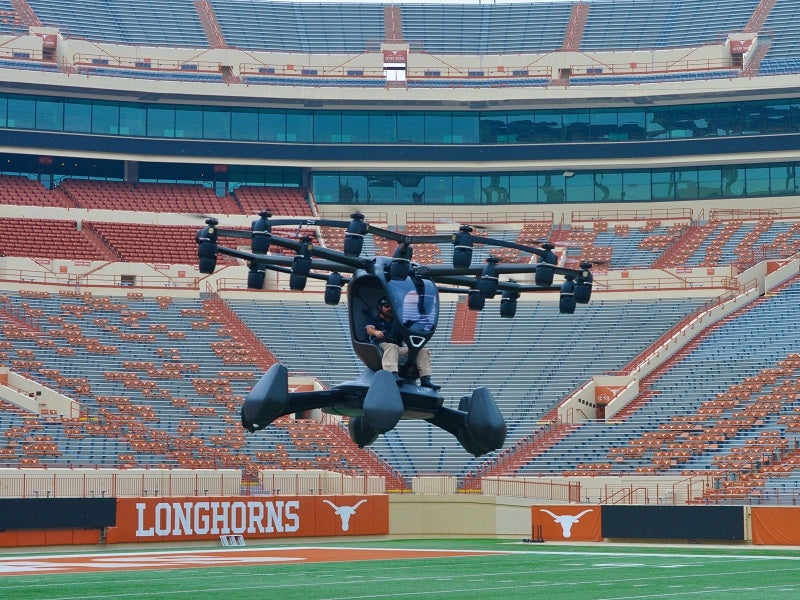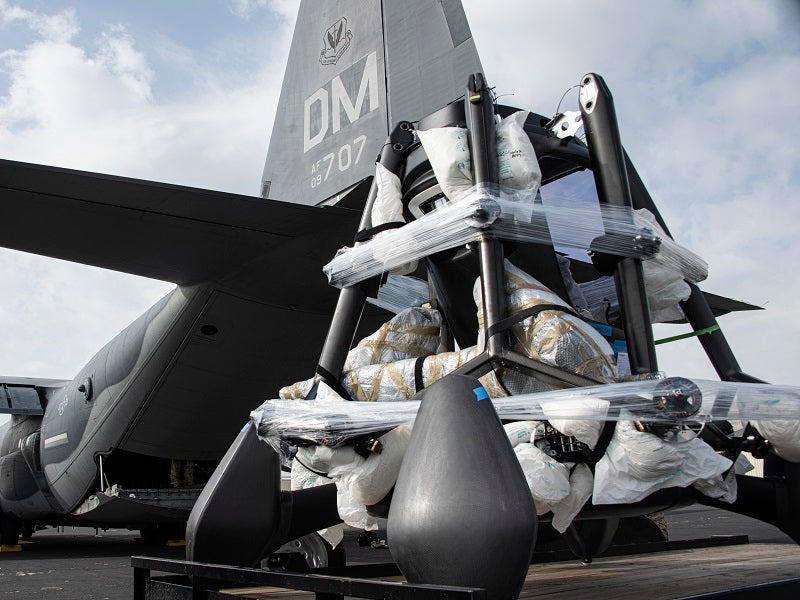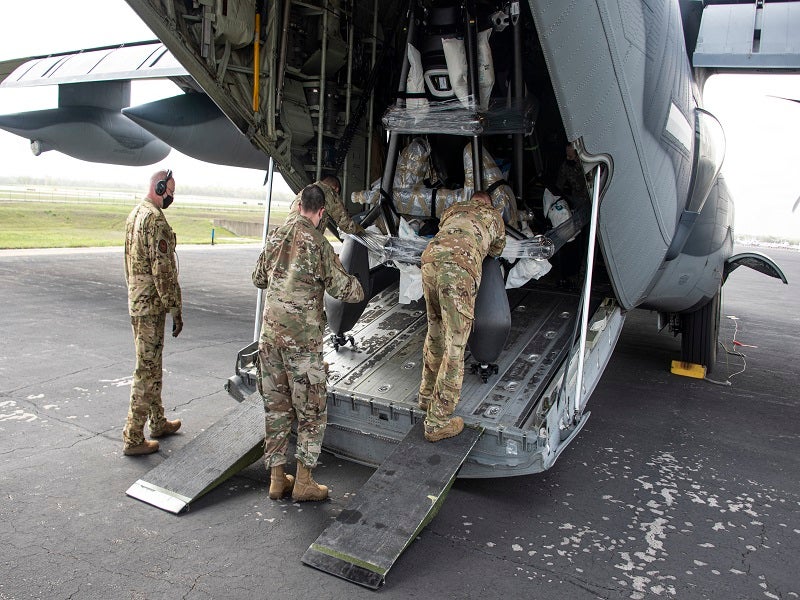Hexa is a multi-rotor electric vertical take-off and landing (eVTOL) aircraft manufactured by LIFT Aircraft, a start-up company based in the US. It is a single-passenger aircraft equipped with adequate safety features.
The amphibious, ultralight eVTOL aircraft is proposed as an urban air mobility solution. It is also being considered for military applications.
Hexa eVTOL aircraft development details
LIFT Aircraft designed the Hexa eVTOL aircraft in December 2017 and officially tested its first subscale prototype in January 2018. It assessed the capability of the prototype to withstand multiple motor failures during the flight test.
A full-scale aircraft prototype made of 3D printed moulds was successfully tested in July 2018. The test marked the first unmanned flight of the aircraft.
The first manned flight test was performed in October 2018, while Hexa was officially unveiled to the public in December 2018. The serial production of the all-electric aircraft began in December 2019.
The eVTOL was selected for the US Air Force’s Agility Prime programme in April 2020. Agility Prime is focused on advancing commercial opportunities for air mobility vehicles and supporting the development of eVTOL aircraft for potential military use.
In August 2020, LIFT Aircraft received a flight test contract worth $2.5m from the USAF’s Air Force Research Laboratory (AFRL). The company conducted a live manned flight demonstration of the aircraft for the former USAF Secretary Barbara Barrett in the same month. It is a recipient of the US government’s Small Business Innovation Research (SBIR) contract, which funds its research and development work.
LIFT Aircraft was awarded a contract by the USAF for the research and development of autonomous cargo retrieval using the Hexa platform in December 2020. The company announced the start of the USAF airworthiness certification programme for the eVTOL in February 2021.
The USAF’s 355th Wing stationed at Davis Monthan Air Force Base in Arizona successfully transported Hexa from Ohio to Texas using an HC-130J Combat King II personnel recovery aircraft in March 2021. The flight proved the transportability of Hexa and its potential to support military missions.
Hexa aircraft design and safety features
The Hexa eVTOL aircraft features an ultralight airframe made of carbon fibre. The 196kg aircraft features 18 sets of independent motors, propellers, and batteries attached to the airframe. It can provide the functionalities of a drone, including rotation, hover, ascent, and descent.
The easy-to-fly aircraft is equipped with four perimeter floats that provide stability during amphibious operations. In addition, a central float provides the required buoyancy to safely land on water.
The highly redundant electric motors enable the aircraft to fly and land safely even when six of the motors are disabled due to damage. The eVTOL plane has fewer moving parts, which ensures high reliability and low maintenance. The aircraft can also withstand a bird strike.
The placement of the overhead rotors keeps the propellers at a safe distance from the passenger while also ensuring better visibility during the flight. All the critical systems are highly redundant and a design safety factor of more than two is implemented across the airframe. The aircraft is also equipped with an autonomous ballistic parachute system.
Hexa aircraft navigation and control
The aircraft uses a differential global positioning system (GPS) for navigation. It provides autonomous flight capabilities with the help of an autopilot computer that receives manual inputs from a single three-axis joystick.
Hexa is installed with Spanish aerospace company Embention’s Veronte Autopilot, which is the key feature of the aircraft’s guidance, navigation, and control system. The joystick can be used to control pitch (forward/backward), yaw (rotate left/right), roll (bank left/right), and acceleration (up/down).
A 7in touch screen display aboard the aircraft supports hands-free operation through voice commands. Furthermore, Hexa can be remotely operated by trained safety pilots, who can override the onboard manual control from the joystick on the ground.
The eVTOL incorporates networking capabilities to achieve geo-sphere collision avoidance. Its collision avoidance capabilities are further strengthened by a ground-based radar.
The aircraft features a two-way redundant communication system with mission control. It is equipped with dedicated controllers to monitor flight telemetry.
The take-offs and landings can be automated with precision and the vehicle can be switched to ‘return to home’ mode when the battery is low.
The eVTOL aircraft can operate in a controlled flight environment with geospatially mapped flight areas.
Hexa eVTOL aircraft’s propulsion and performance
The aircraft is equipped with a distributed electric propulsion system. It can fly for up to 15 minutes with 25% battery life retained as a margin of safety. Hexa is expected to fly at a maximum speed of 101.4km/h.






